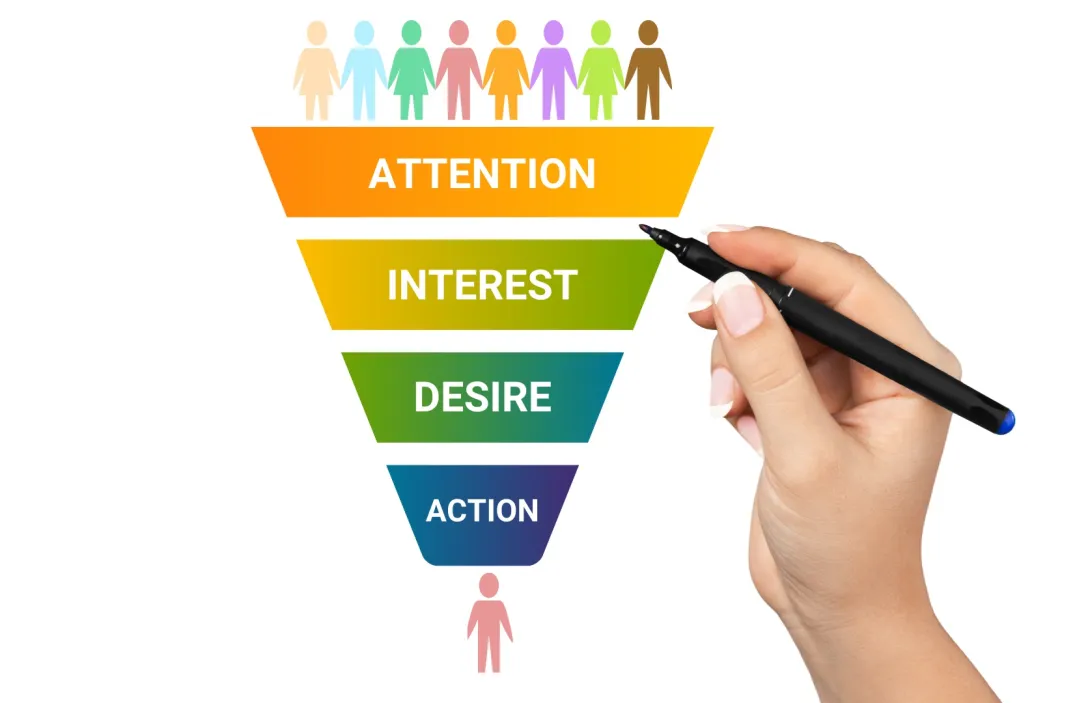


Technology




Conversion Rate Optimization (CRO) is an essential practice in digital marketing, focusing on refining elements within a website, particularly landing pages, to maximize the percentage of visitors who take a desired action. In the context of marketing campaigns, CRO for landing pages is critical. An optimized landing page can dramatically increase lead generation, subscriptions, or sales by providing a clear, engaging, and user-centered experience. This article explores the essentials of CRO and provides actionable strategies to increase conversions on landing pages for web campaigns.
What is Conversion Rate Optimization (CRO)?
Conversion Rate Optimization, or CRO, is the process of improving a website’s effectiveness in turning visitors into leads, customers, or subscribers. The “conversion rate” is calculated by dividing the number of conversions (such as purchases, sign-ups, or inquiries) by the total number of visitors, then multiplying by 100 to get a percentage. For example, if a landing page receives 1,000 visitors and 50 of them sign up for a newsletter, the conversion rate is 5%.
CRO encompasses analyzing user behavior, understanding how visitors interact with your landing page, identifying bottlenecks, and implementing data-driven changes to enhance user experience and increase the likelihood of conversions.
Why Focus on Landing Pages?
Landing pages are standalone web pages created specifically for marketing or advertising campaigns. These pages guide visitors toward a particular action, such as filling out a form, signing up for a trial, or making a purchase. By optimizing landing pages, businesses can significantly enhance their campaign ROI and overall conversion rates.
A well-optimized landing page achieves the following:
Strategies to Increase CRO on Landing Pages
To maximize CRO on landing pages, focus on elements that directly influence user experience, messaging clarity, and engagement. Here are some effective strategies:
1. Craft a Clear, Compelling Value Proposition
A strong value proposition is essential for capturing visitor attention within seconds. Clearly articulate what makes your offer unique, valuable, and worth engaging with. This message should be easy to understand and directly address the visitor’s needs.
2. Optimize the Call-to-Action (CTA)
The CTA is the focal point of any landing page. A high-performing CTA is clear, action-oriented, and stands out visually.
3. Simplify the Form
For landing pages with sign-up or lead capture forms, a simplified design can increase conversions. Long or complex forms can deter users, so only ask for essential information.
4. Leverage Social Proof
Social proof, such as customer testimonials, reviews, case studies, and statistics, can increase credibility and trust, making visitors more likely to convert.
5. Optimize for Mobile Devices
An increasing amount of web traffic comes from mobile users, so optimizing landing pages for mobile is essential. A mobile-friendly design ensures visitors have a smooth experience regardless of device.
6. Implement A/B Testing and Analytics Tracking
Testing various elements and tracking performance is vital for continuous improvement. A/B testing allows you to compare two versions of a landing page to determine which performs better, while analytics reveal how users engage with the page.
7. Optimize Page Load Speed
Page speed is a critical factor in CRO, as slow loading times frustrate users and lead to high bounce rates. Fast-loading pages improve user satisfaction and retention.
8. Create a Sense of Urgency
Creating urgency encourages visitors to act immediately. Limited-time offers, countdowns, and exclusive deals can be effective in prompting conversions.
Conclusion: Maximizing Landing Page CRO for Campaign Success
Effective landing page optimization can transform visitor interest into concrete actions. By focusing on a compelling value proposition, optimized CTA, streamlined form design, mobile responsiveness, and strategic use of social proof, businesses can dramatically increase conversion rates on their landing pages. Additionally, continuous A/B testing and data analysis allow for ongoing refinements based on real user feedback, ensuring that each campaign benefits from improved CRO over time.
At Digital Strategy Co., we specialize in crafting high-converting landing pages tailored to meet the unique objectives of each campaign. With these CRO techniques, businesses can optimize their landing pages to convert more visitors, increase ROI, and drive sustained campaign success.